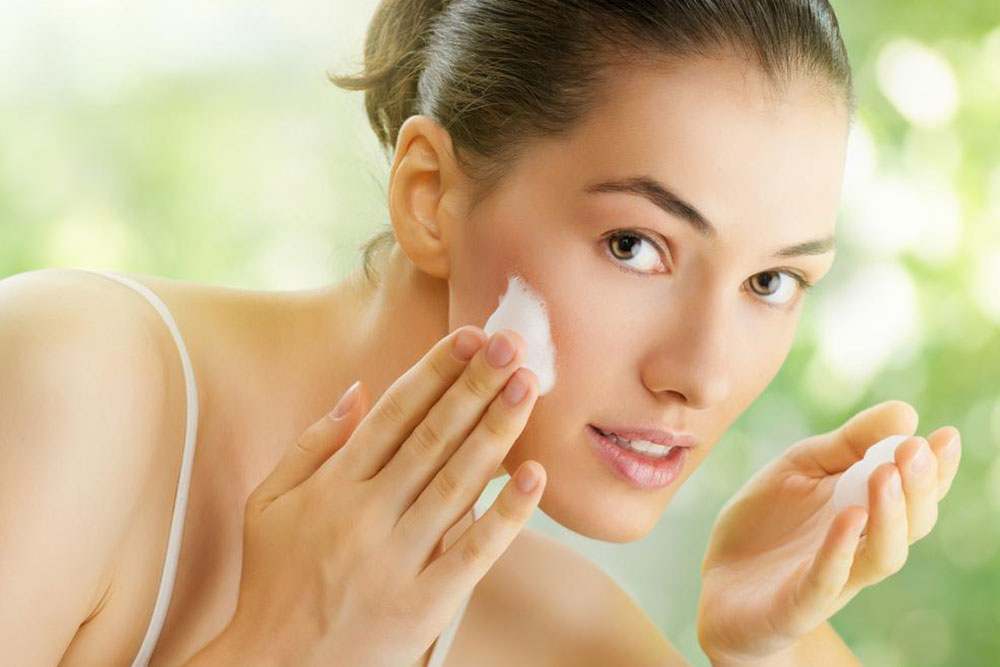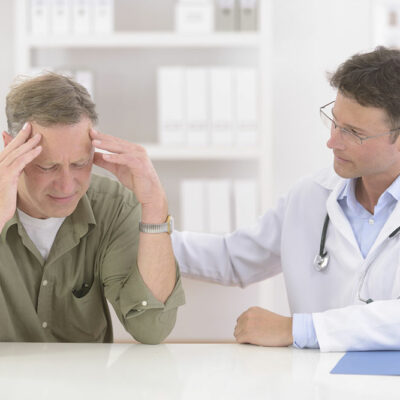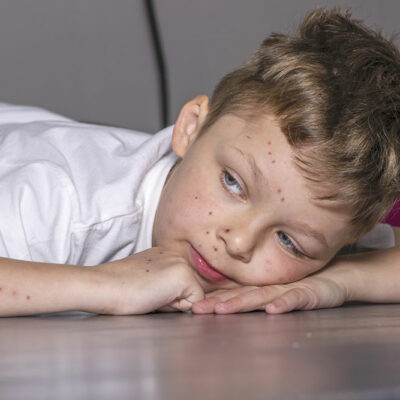
Rosacea – causes and symptoms
Rosacea is a chronic skin condition that affects facial skin. People with rosacea experience pus-filled bumps or red patches on the skin with visible blood vessels. Sometimes, the symptoms of rosacea can be mistaken for symptoms of eczema or some other kind of skin allergy. However, while other skin condition can appear on the neck, shoulder or back apart from facial skin, Rosacea is limited to the center of the face. A proper physical exam helps to diagnose rosacea. If left undetected, the condition can get worse.
Causes of rosacea
Factors that are responsible for causing rosacea has not yet been determined. However, there are certain factors, which might have an influence in causing rosacea:
- They are often found to be hereditary
- Studies show that certain bacteria that increase digestive hormone gastrin can make the skin appeared flushed.
- Problems related to blood vessels can lead to redness of the skin. When sun damage combines with this, the redness and the blood vessels become more visible.
Women aged between 30 and 50 with fair skin, blue eyes and blonde hair have a high chance of experiencing Rosacea. Exposure to smoke with severe acne can also cause Rosacea.
Symptoms of rosacea
Different types of rosacea are characterized by certain symptoms, and they are as follows:
- Subtype 1 or Erythematotelangiectatic Rosacea (ETR)
This type of rosacea is characterized by sensitive and swollen skin. The affected person can also experience a burning or stinging sensation on the skin. The skin might appear dry and rough. The center of the face appears flushed, or red with visible blood vessels. - Subtype 2 or Papulopustular or Acne Rosacea
In this type, the affected person experience oily skin or acne breakouts with very red skin. Broken blood vessels may also be visible on the skin. This type of Rosacea is common in middle-aged women. - Subtype 3 or Rhinophyma
The affected person will experience thick skin around the nose, forehead, cheeks or even on ears. Large pores are visible on the skin. - Subtype 4 or Ocular Rosacea
The affected areas are the eyes. The patient will experience burning or stinging sensation in the eyes which can lead to watery or bloodshot eyes. The patient can also experience dryness or itchiness in the eyes. Eyes can become sensitive to light, and the patient might experience difficulties in their vision. Broken blood vessels are also visible on eyelids.
Things to remember about rosacea
Rosacea is not curable. However, keeping a few things in mind can help one to avoid Rosacea.
- Use oil-free and water-based skin care products
- Avoid products containing alcohol or exfoliating agents or menthol
- Avoid direct exposure to sunlight and apply sunscreen to protect the facial skin
- Apply moisturizer to prevent skin from getting dry and causing itchiness
Rosacea not only affects the appearance of the skin, but it also causes burning or itching sensation which is quite painful. Though it is not curable, some drugs or laser treatments are available to control the symptoms of Rosacea.


